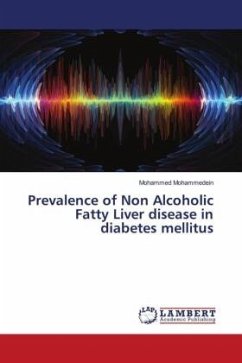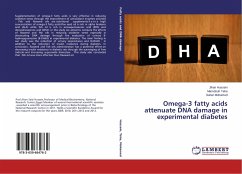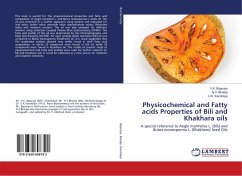Non-alcoholic fatty liver disease (NAFLD) is characterised by the accumulation of lipid in liver. Liver is the principal organ involved in drug biotransformation. The central hypothesis of this project is that alterations in the liver environment due to lipid accumulation aggravate sensitivity of hepatocytes to toxicity of some commonly prescribed drugs (paracetamol, alcohol, phenobarbital, cisplatin or doxorubicin). The aim of this study was to investigate the effect of lipid overloading (steatosis) on drug cytotoxicity in the liver model Huh7 cell line.The microarray data confirmed alterations in oxidative stress-related genes. Such changes were functionally relevant as confirmed by cellular assay and In-Cell Western blot. In conclusion, the hypothesised effect of steatosis on drug toxicity has been confirmed and steatosis may enhance drug toxicity through changing cellular oxidative state and activating the apoptotic pathway.








